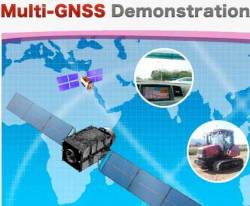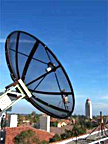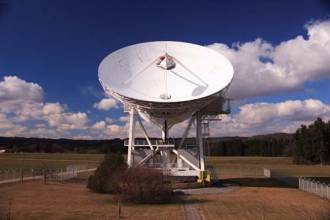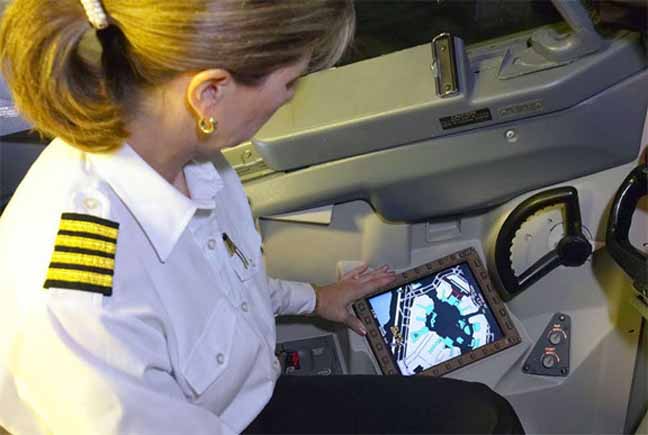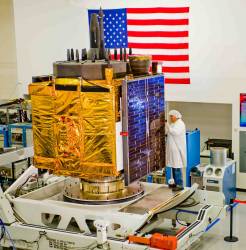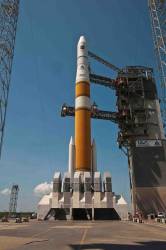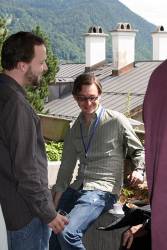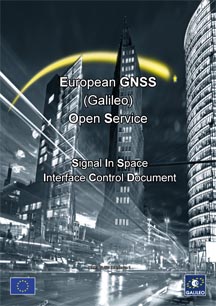Meet GINA
 GINA On-Board Unit (OBU)
GINA On-Board Unit (OBU)For at least the past two decades, managing traffic on Europe’s road networks has been a growing concern for European policy makers and citizens alike. While demand for transport has consistently increased over the years, Europe’s road network capacity has failed to keep pace, leading to increasing levels of congestion and pollution.
By Inside GNSS

